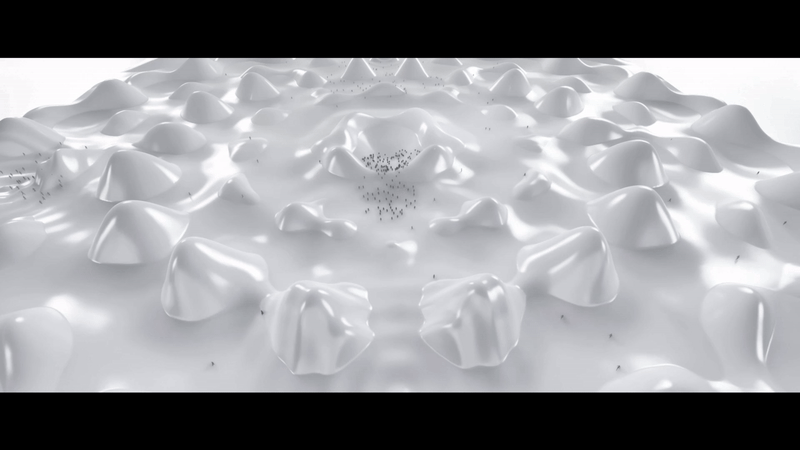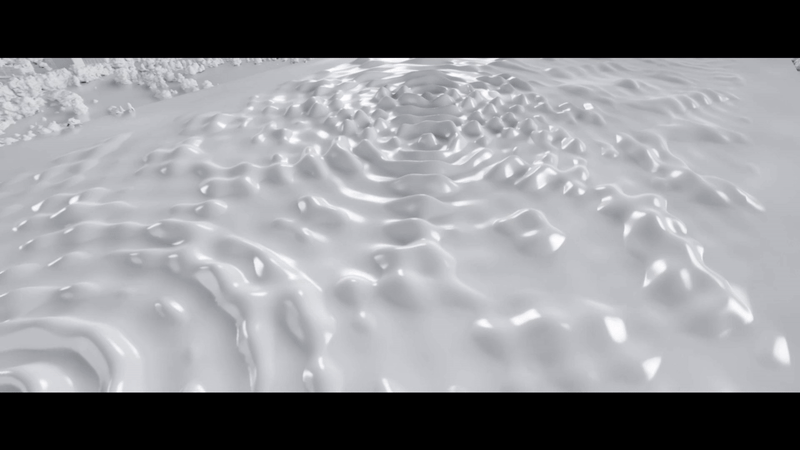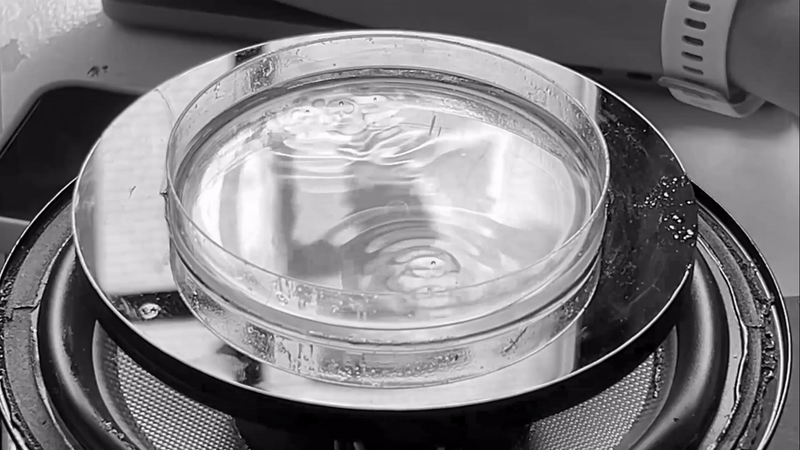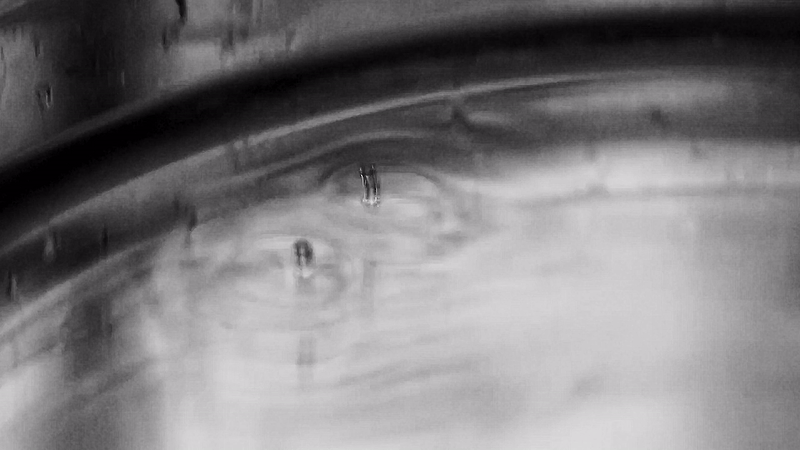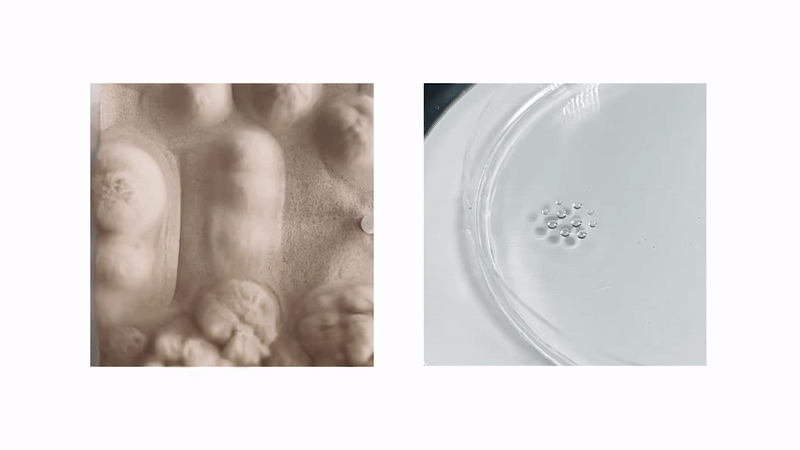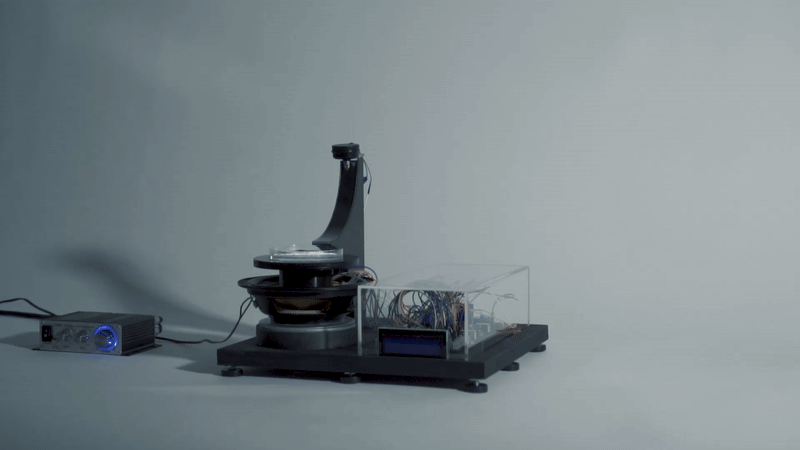Space In Between
Studio Theodore Spyropoulos
Tutors Apostolos Despotidis, Octavian Mihai Gheorghiu, Hanjun Kim
Team Valentina Marticorena Angela, Florencia Demin, Leo Zhu
This research explores the potential of creating space that is in continuous formation by uncovering and harnessing the hidden forces that structure everything around us. Such forces, invisible yet fundamental, make no distinction between solids and liquids, revealing the granular nature of matter. By accessing these underlying structures, we learned how to influence matter, shaping its behaviour and creating legible spatial patterns that evolve over time. The experiments began with the study of granular matter, where we observed that by controlling the spacing between particles, solids could behave like liquids. In addition, by arresting particles in fluid environments using frequency, we explored wave-particle duality, revealing how particles self-organise through dynamic wave interference interactions. Waves, as energy in motion, emerge as the primary force that organizes matter. At the core of this research lies the exploration of quantum analogues, to understand matter and energy at their most basic level. This thesis proposes a different spatial paradigm in which architecture is conceived as a transformative, self-organising system that responds to invisible forces and human activity. The project envisions environments that are ephemeral, durational, and participatory. The proposed system is capable of operating across multiple scales, offering the possibility to think of a space that is in continuous formation, challenging the fixed nature of conventional architectural boundaries. Through iterative testing of spatial configurations, the thesis suggests a different understanding of architecture, not as a fixed form, but as a dynamic interface of forces, matter and people. Such architecture responds as we move through it, reflects a world in constant motion, and challenges us to reconsider how we inhabit space, not as passive users, but as active participants in shaping our environment. This thesis offers insights into how a fundamental understanding of matter and energy can inform a new material reality and built environment.



